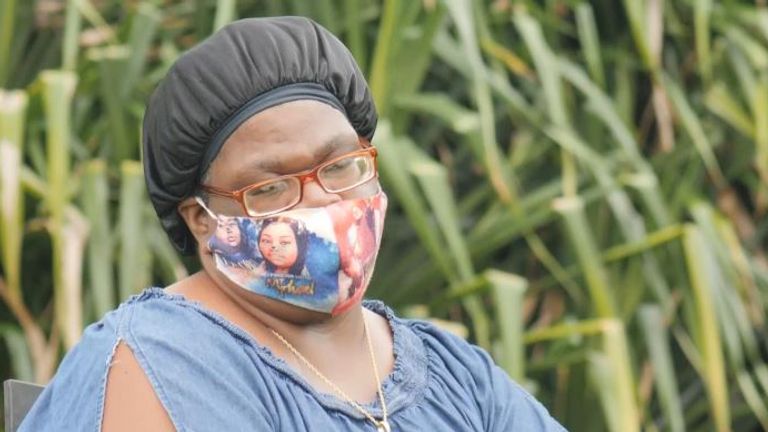A TV news reporter in the US has revealed how she found out she had cancer after a viewer sent her an email raising concern about a lump on her neck.
Victoria Price, a correspondent with NBC affiliate WFLA-TV in Tampa, Florida, said she was alerted last month by a sharp-eyed member of the public, who encouraged her to see a doctor.
The 28-year-old, who had been working at “full throttle” covering the coronavirus pandemic, was subsequently diagnosed with thyroid cancer.
The tumour had pushed the gland up and out causing a “subtle protrusion”.
She will now undergo surgery to remove the cancerous growth along with a couple of nearby lymph nodes.
Writing on her social media, Price said: “As a journalist, it’s been full throttle since the pandemic began.
“Never-ending shifts in a never-ending news cycle.
“Adjusting to remote workflows and in my case, taking on a new investigative role.
“We were covering the most important health story in a century, but my own health was the farthest thing from my mind.”
:: Listen to Divided States on Apple podcasts, Google Podcasts, Spotify, and Spreaker
She shared the email she received from the viewer which said: “Hi, I just saw your news report. What concerned me is the lump on your neck. Please have your thyroid checked.
“Reminds me of my neck. Mine turned out to be cancer. Take care of yourself.”
Following confirmation of the cancer, Price wrote: “Doctor says it’s spreading, but not too much, and we’re hopeful this will be my first and last procedure.
“Had I never received that email, I never would have called my doctor.
“The cancer would have continued to spread. It’s a scary and humbling thought.”
Price ended her post by saying she “will forever be thankful” to the viewer who emailed her.
“She had zero obligation to, but she did anyway. Talk about being on your side, huh? The world is a tough place these days.
“Don’t forget to take care of yourself. Take care of each other. Love y’all and see you soon,” she said.
Until recently thyroid cancer was the most rapidly increasing cancer in the US, according to the American Cancer Society.
This was largely due to increased detection with the use of more sensitive diagnostic techniques.

